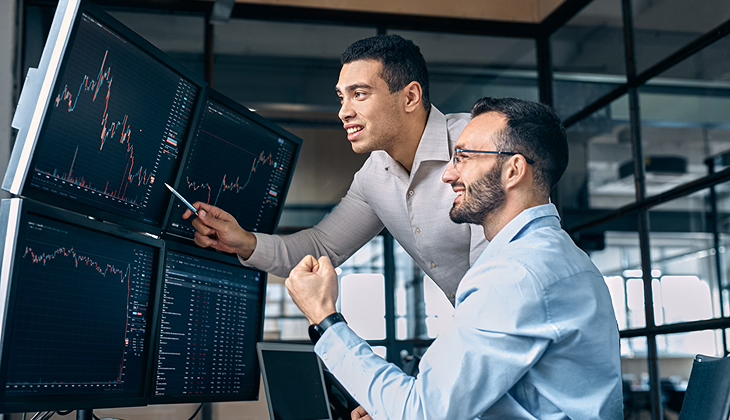Where to start?
How to trade Forex?
Think of a country’s national currency as an asset similar to stocks, commodities, or precious metals. The basic idea is to buy the asset at a low price and sell it higher. Alternatively, you can sell at a higher price first and then buy it back lower.
Whether the currency is appreciating or depreciating, there’s always a chance to profit in the Forex market.
The most important factor is to accurately and promptly identify the market trend. This can be done by analyzing economic news, as well as using both paid and free indicators, automated trading systems, and trading signals.

What you should know before entering the market
Learn the basics of the Forex market
Before you start trading, it’s essential to understand what the Forex market is, how it operates, and which currency pairs are available for trading. First and foremost, familiarize yourself with key terms such as “lot,” “spread,” “pips,” and other important concepts.
Get acquainted with different types of analysis
Studying both technical and fundamental analysis will help you understand how to analyze the market and make informed trading decisions. Technical analysis relies on charts and indicators, while fundamental analysis focuses on economic and political events.
Define your goals and risk tolerance
Prior to engaging in any trading activities, it’s important to set your financial objectives, assess your risk tolerance, and understand your comfort level. Developing a personal trading plan and strategy will help you determine the style of trading that suits you best.
Establish your trading strategy
Creating your own trading strategy will help clarify your style and approach. This includes choosing timeframes, market analysis methods, money management rules, and the level of risk you’re willing to accept.
Adopt a realistic approach
Before entering the Forex market, it’s crucial to have realistic expectations and understand that successful trading requires time, effort, and continuous learning. Don't expect quick wins; focus on steadily improving your skills and strategies.
Steps to get started

-
Choose a Forex broker
Your choice of broker plays a crucial role as it affects trading conditions, order execution speed, the reliability of quotes feed, the quality of customer support, and how easily conflicts can be resolved.
Many of these factors can be evaluated when opening a demo account. Speaking of which, a demo account with virtual funds is an essential tool, especially for beginners. It allows you to get familiar with the platform and trading process without risking real money.
-
Practice on a demo account
Even if you understand the theory well, it's important to test various trading strategies in a risk-free environment before using real money. Predicting currency movements based only on public information from different countries is challenging. That’s why traders use tools and software that analyze technical indicators to help build trading strategies.
-
Open a live account
Once you’ve gained enough practice on a demo account, tested different strategies, and found ones that suit you, it’s time to open a live trading account. You decide how much to deposit, though your broker may have a minimum requirement. It’s wise to start with an amount you’re comfortable losing — just in case.
Keep in mind, strategies that worked well in a demo environment may not perform the same way with real money. You’ll likely need to spend additional time and funds refining your approach and developing your personal trading style. Using multiple strategies can also help reduce risk.